Swiss central bank introduces negative interest rate
To stop franc getting any stronger, after the Russian ruble crisis sent investors scurrying to the safe haven currency
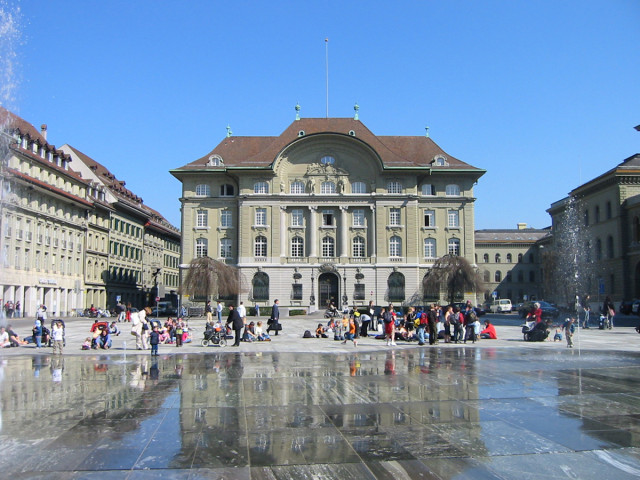
The Swiss National Bank will impose a rate of -0.25 per cent on certain bank deposits on January 22, with the aim of pushing the target range of Switzerland's benchmark interest rate into negative territory.
"The Swiss franc has been experiencing renewed upward pressure vis-à-vis the euro in the last few days," said Thomas Jordan, chairman of the SNB governing board.
"Rapidly mounting uncertainty on the financial markets has substantially increased demand for safe investments. The worsening of the crisis in Russia was a major contributory factor in this development."
The ruble crashed to historic lows this week of 80 to the dollar and 100 to the euro, as the energy-export dependent economy was hit by a rout in oil prices.
With the safe haven Swiss currency in demand, the SNB was forced to take action to protect the country's vital export sector.
The negative interest rate will be imposed on so-called sight deposits, funds which can be accessed immediately, but only apply to balances above a certain threshold.
The measure will have the effect of taking the three-month Libor rate, which Switzerland uses to determine interest rates on mortgages and savings accounts, into negative territory.
The target range for Libor, the franc's three-month London interbank offered rate, is now between -0.75 per cent and 0.25 per cent, compared to its previous level of between 0.0 and 0.25 per cent.
"This measure will lead to a further decline in the interest earned on Swiss-franc investments, making them less attractive, and thereby easing the upward pressure on the Swiss franc," Jordan said.
He reiterated the central bank's "utmost determination" to keep to an exchange-rate floor of 1.20 francs to the euro, a move that effectively imposes a limit on how strong the Swiss currency can get.
"Without the minimum exchange rate, price stability in Switzerland would be seriously compromised," Jordan said.
He confirmed the bank was prepared to buy foreign currency "in unlimited quantities" if needed.
The wealthy nation also turned to negative interest rates in the 1970s, as it desperately tried to ward off pressure on the franc amid soaring global inflation.
This time around, analysts had been expecting negative rates even before the Russian crisis, due to increasing risks of deflation in Switzerland and in anticipation of further stimulus measures by the European Central Bank.
The European Union is Switzerland's biggest trading partner, and sluggish EU growth on Thursday led the Swiss national data agency to slash its growth forecast for 2015 to 2.1 percent from 2.4 percent.
"The commencement of quantitative easing by the ECB would put further upward pressure on the franc and hence force the SNB into more action," said Jonathan Loynes, chief European economist with Capital Economics.
With the ECB governing council meeting next on January 22, Loynes said it was likely the SNB would soon have to follow up the rate cut with further currency intervention.
Laurent Bakhtiari, market analyst at IG Bank, said the rate cut was the start of a "long-awaited battle of measures" between the SNB and ECB.
"The SNB played the first move very well. From now on, the SNB will constantly have to be one step ahead of the ECB if they want to defend the 1.20 minimum rate," he said.
In 2011, the SNB spent 11 billion francs buying up euros to protect the minimum exchange rate, and spent another 188 billion in 2012 at the height of the eurozone crisis.
Some fear the bank may now be running out of options.
"Now that negative interest rates are in place, the SNB ammunition stock has reduced significantly," ING economist Julien Manceaux said.
Thursday's announcement helped push the value of the franc down in the short term, with the Swiss currency changing hands at 1.2053 to the euro in afternoon trading.

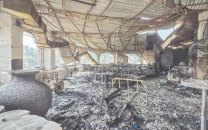


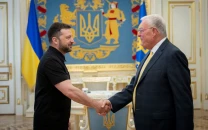


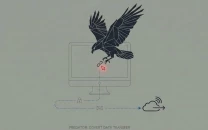

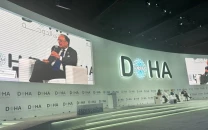


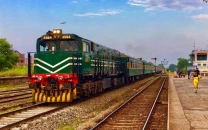





COMMENTS
Comments are moderated and generally will be posted if they are on-topic and not abusive.
For more information, please see our Comments FAQ